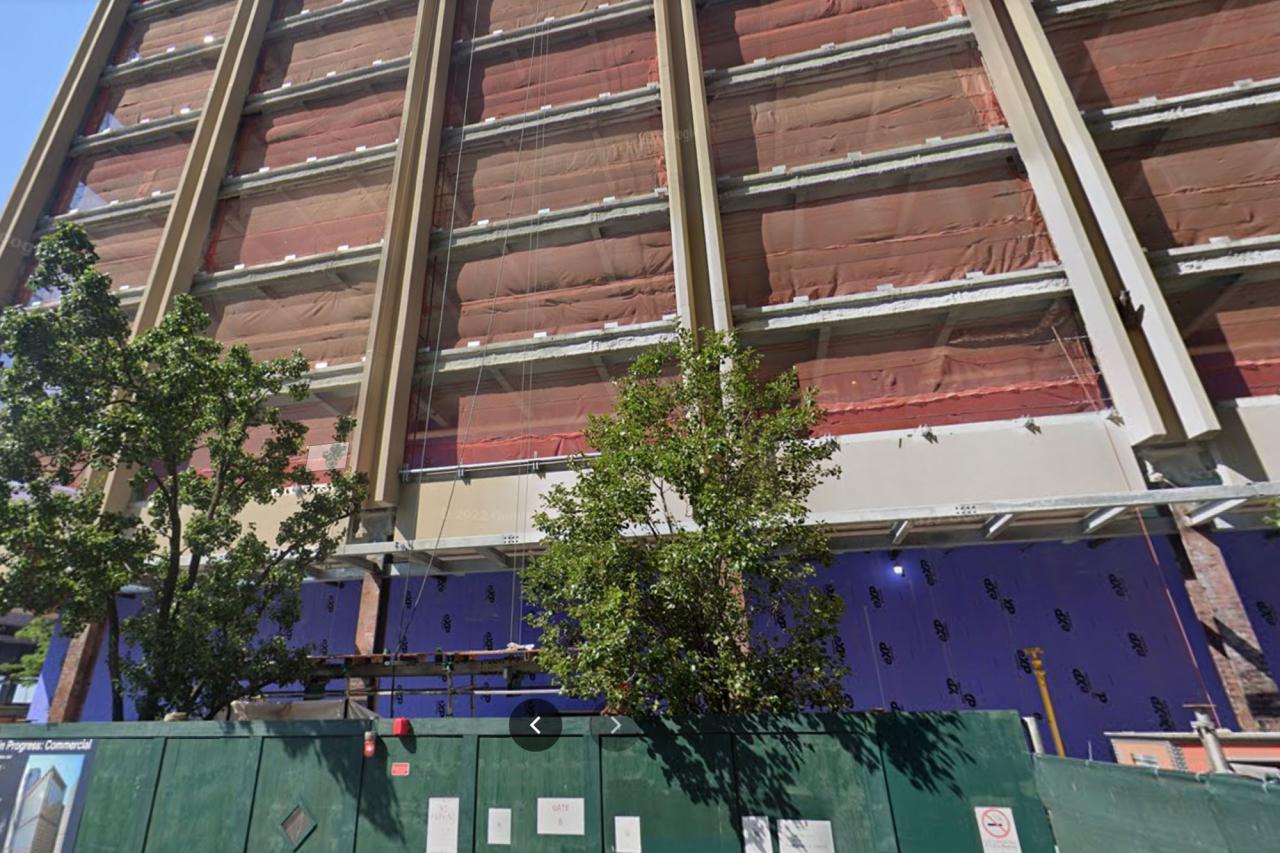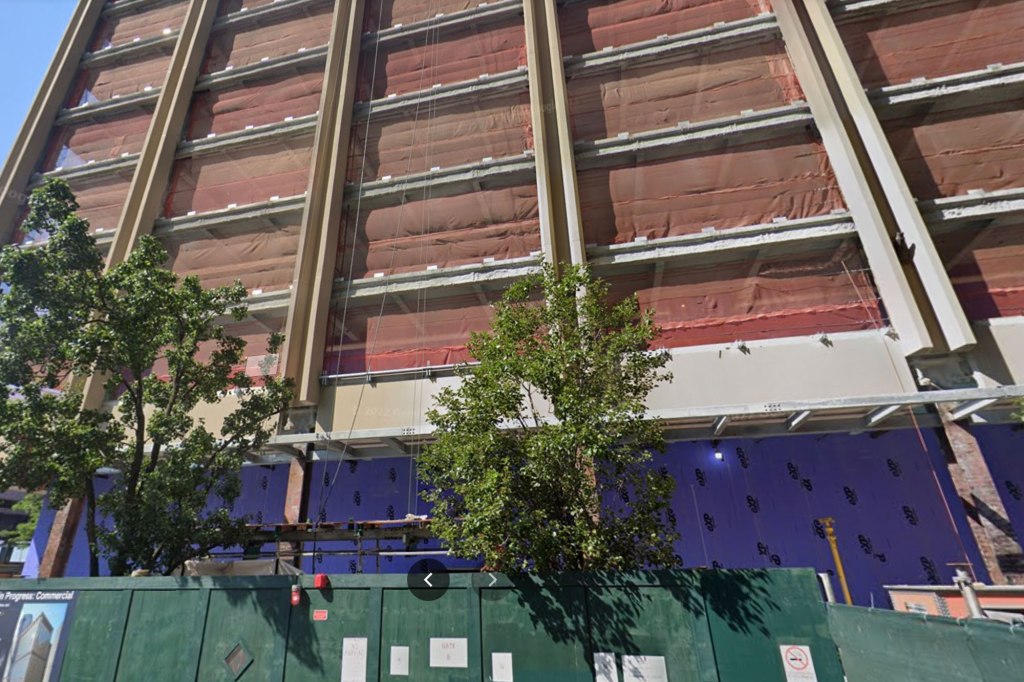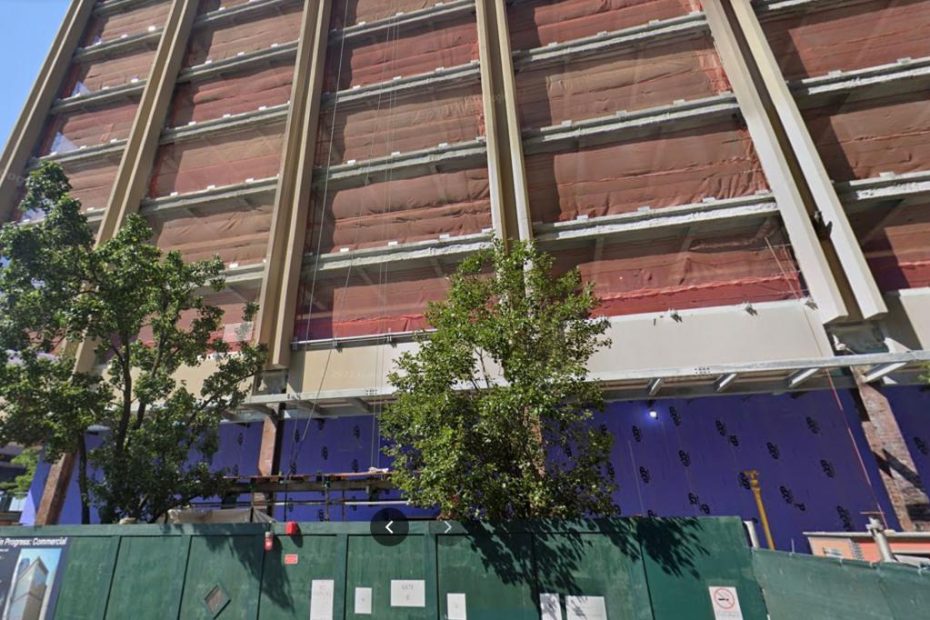Tower at 111 Wall Street epitomizes crisis of NYC’s commercial real-estate market
Manhattan’s commercial real estate market is facing a crisis exemplified by the tower at 111 Wall St. The tower, originally built in the 1960s, underwent a $100 million renovation to modernize its appearance with a new facade, state-of-the-art electronics, and mechanical systems. Nightingale Group and Wafra Capital Partners bought a $175 million long-term leasehold when Citigroup moved out of the 25-story, 1.2 million-square-foot building in 2019. The owners spent an additional $220 million to buy the land beneath the tower in 2021. However, New York City’s current office vacancy rate at 21% is the highest in the city’s history, making it challenging to find tenants for its empty office spaces. Buildings in the area surrounding 111 Wall St. are also empty or near-empty, causing the owners to question if anyone is willing to move in.
FAQs:
What is the current vacancy rate for office spaces in New York City?
The current vacancy rate for office spaces in New York City is 21%, the highest in the city’s history.
How much did Nightingale Group and Wafra Capital Partners invest in 111 Wall St.?
Nightingale Group and Wafra Capital Partners invested close to a half-billion dollars in 111 Wall St., including a $175 million long-term leasehold and an additional $220 million to buy the land underneath the tower.
What renovations were done to 111 Wall St.?
The tower underwent a $100 million renovation that included an all-new, bronze-trimmed curtain-glass facade, state-of-the-art electronics, and mechanical systems.
Are there other buildings in the area that are empty or near-empty?
Yes, nearby properties such as 60 Wall St. are also empty or near-empty.

The Tower on 111 Wall Street symbolizes the downturn of New York City’s commercial real estate industry.
The tower at 111 Wall St. exemplifies the crisis facing the Manhattan commercial real estate market, and New York City as a whole. In 2019, Nightingale Group and Wafra Capital Partners purchased a $175 million long-term leasehold on the 25-story, 1.2 million-square-foot tower after Citigroup moved out. At the time, it seemed like a sound investment. However, the half-billion-dollar investment’s timing could not have been worse. The COVID-19 pandemic and work-from-home policies led to a collapse in demand for office spaces, leaving 111 Wall St. with few tenants. The owners spent $100 million on renovations, including a new bronze-trimmed curtain-glass facade, and another $220 million for the land underneath the tower. However, the newly improved building may not be enough to attract tenants, given the area’s high office vacancy rate of 21% and competition from nearby properties.
 Tags:citigroupCitysCommercialEstateindustrymanhattannew yorknew york cityOpinionplightRealReal EstatesignifiesStreetTowerWallwall streetYork
Tags:citigroupCitysCommercialEstateindustrymanhattannew yorknew york cityOpinionplightRealReal EstatesignifiesStreetTowerWallwall streetYork 